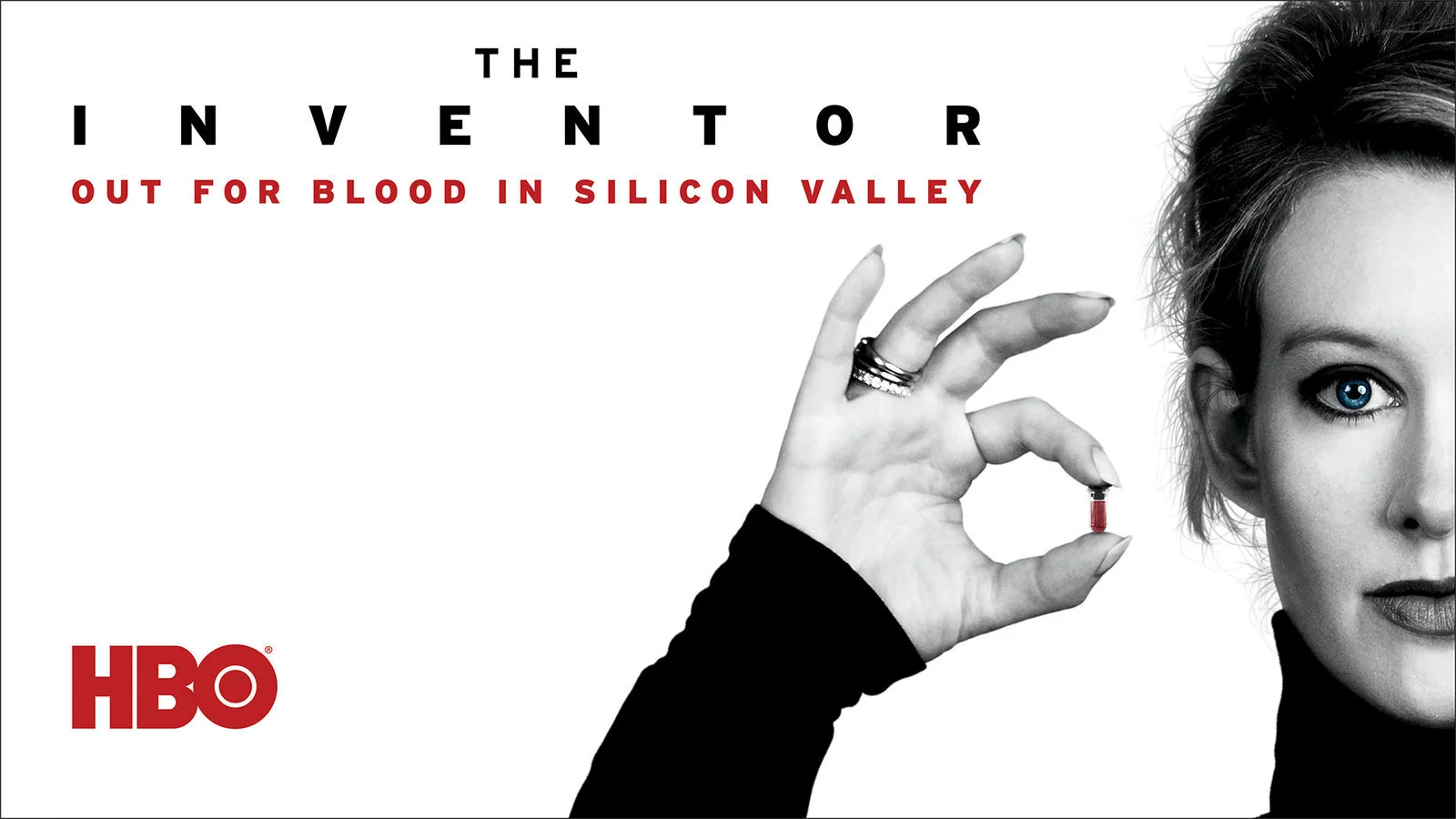An Extraordinary Vision Gone Terribly Wrong
As a design practitioner, it’s not uncommon for us to be part of (or even lead) efforts involving crafting a vision, whether it’s for a product, an organizational practice, an operational strategy, or a new technology innovation.
A vision can be incredibly influential and powerful, often representing the catalyst of many good things to come. But when this power is abused, it can have devastating effects that will trigger a ripple of disbelief for many years to come.
This HBO documentary is about the rise and fall of Elizabeth Holmes, former founder and CEO of the now-defunct medical technology company, Theranos, once valued at an estimated $9 billion. So what the heck went wrong?
It started with an extraordinary vision, by eliminating the need for intravenous blood draws and expensive lab costs — all for the sake of generating a report that provides results for a variety of different blood tests. Between the anxiety of the experience coupled with high insurance premiums, it’s no wonder that the average person is unable to proactively monitor their health in such a way as to practice preventative health care.
This is where Theranos stepped in with the invention of Edison, the all-in-one medical device roughly the size of a home printer, capable of running over 250 tests using a single drop of blood from the prick of a finger. This machine literally had the potential to change the way we approach health care across the globe and it had many investors lined up to shell out the cash to get things started — just a pittance in comparison to the profits that would surely come pouring in over time.
There was just one problem…. the Edison machine. It didn’t work.
As I watched the 2-hour documentary, The Inventor: Out for Blood in Silicon Valley, it didn’t take long to realize that the business side and the technology side of Theranos were at odds. While Elizabeth was able to sell her incredible vision to a line-up of hungry investors, the medical lab was in a whirlwind of chaos. Which leaves us with a few unknowns. How were the business and lab communicating? How did this operation continue for four years before going belly up on the fraud?
Crafting a vision is no small feat, and is often accompanied by the best intentions and the acknowledgement that continued validation is a necessary step when paving the way to greatness. Sometimes we pivot and sometimes we have to lean on failed experimentation to face the truth regarding the boundaries between the possibility and impossibility of things. This story is a great example of when those boundaries become blurred due to the inadequate checks and balances from within.
Let’s Talk About It
What is your recipe for success when crafting a vision?

